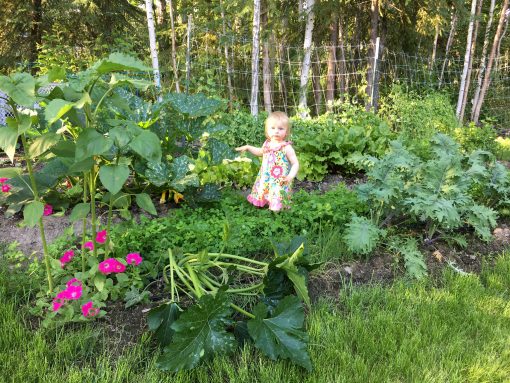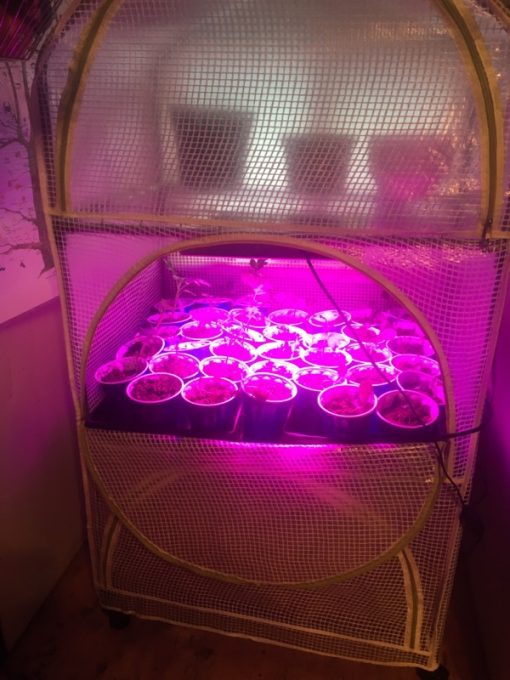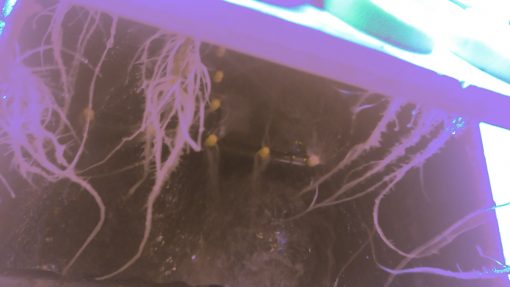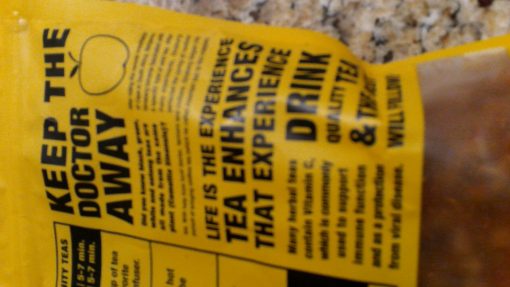
Sometime ago, I read the book Last Child in the Woods: Saving our Children from Nature Deficit Disorder, by Richard Louv. I was concerned children were growing up indoors, eyes focused on a screen, and not engaging in activities that would inspire an interest and curiosity in the outdoor world. This book was a great resource regarding the importance of outdoor time on children. What I did not know until recently is that the website for this book also has a resource guide supplement that includes activities, books and helpful Read More …






